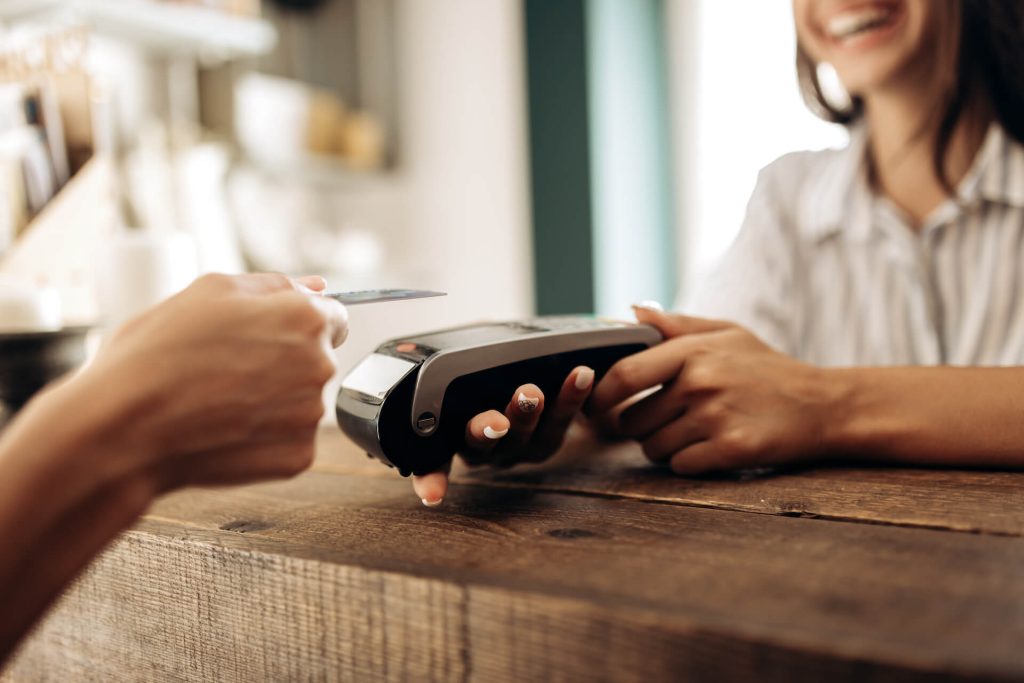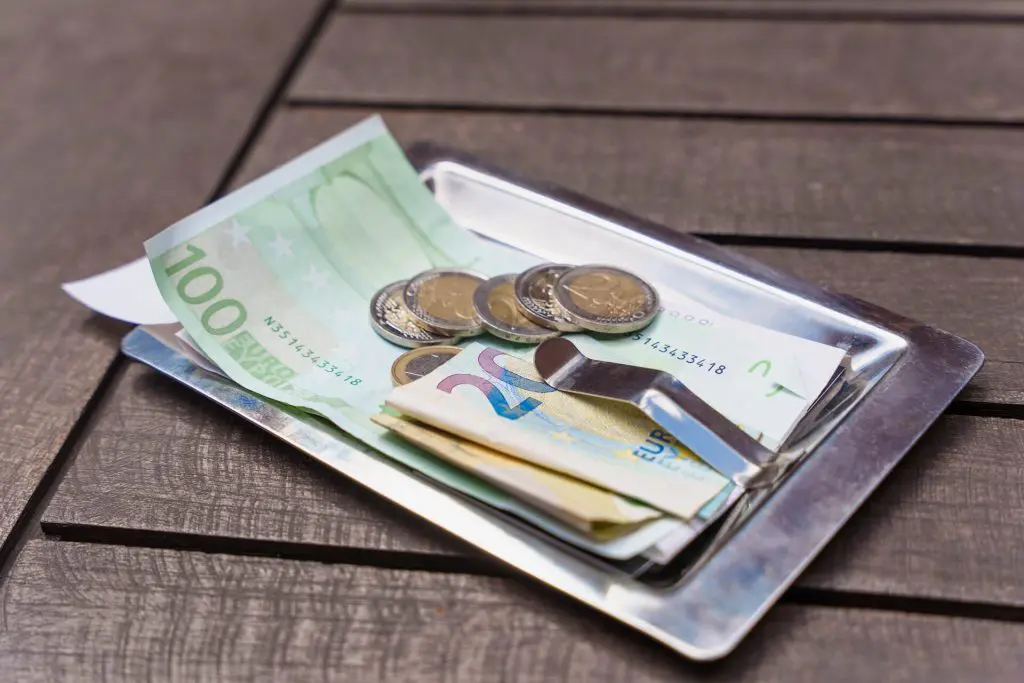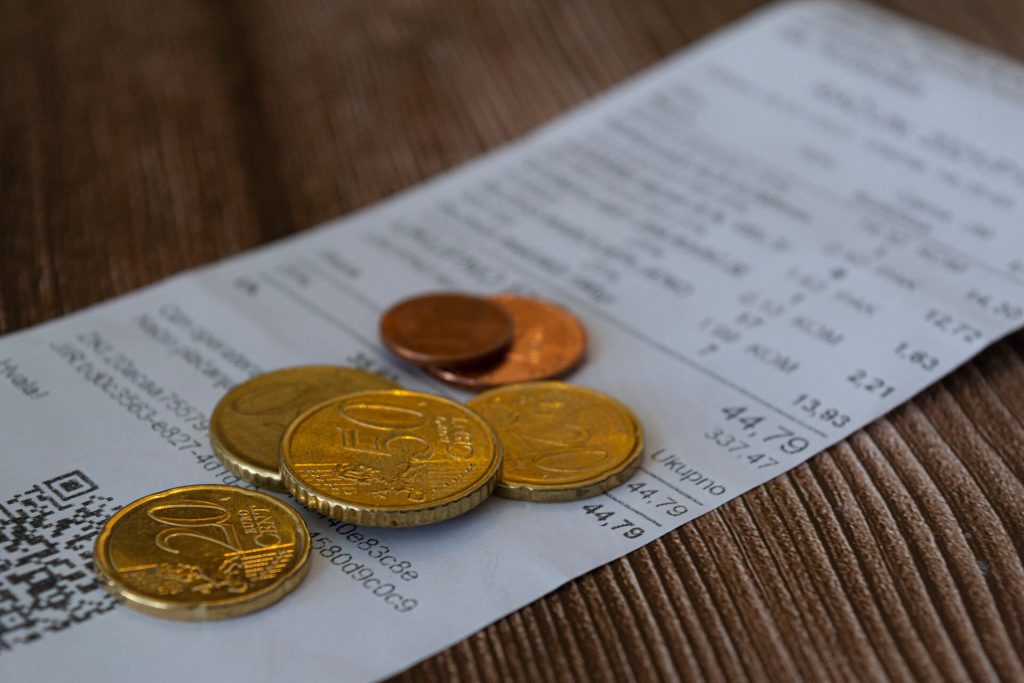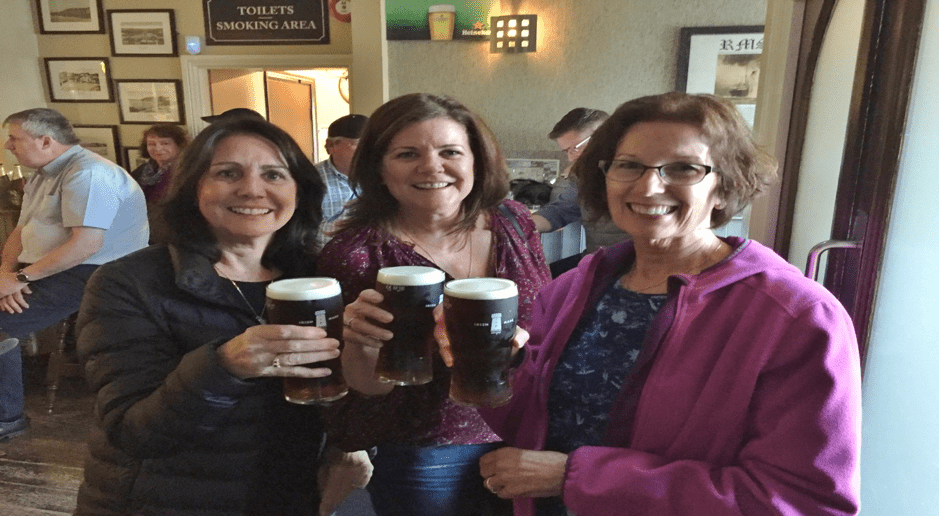The intricacies of new cultures can be a minefield for unwary tourists, so let Overland Ireland help you understand the Emerald Isle a little better. We welcome people from all over the world on our Small-Group Tours of Ireland. However, people from the US and Canada have a lot of ancestral roots in Ireland, so they make up the majority of our guests.
Luckily, on a cultural level, there isn’t a massive difference between Americans and the Irish, so don’t break a sweat googling how to greet an Irish person or the most polite way to thank us.
But there are a few queries that often come to our attention, so here is our brief guide as to what an American should know before visiting Ireland. And if you have any questions for the Overland Ireland team, please feel free to get in touch.
Ireland’s Cultural Idiosyncrasies
Culture is the sum of the beliefs and attitudes of a group of people, so it differs largely from one demographic to another. So how best to describe the Irish? Playful.
As a culture, we are generally up for a laugh, love socializing, and are famous for our hospitality. We aren’t as stern as some of our European cousins.
That said, sometimes it can be difficult to pick up the lingo. The Irish have one particular catchphrase that often baffles Americans: “What’s the craic” – Pronounced, “What’s the crack”.
This is often mistaken as an inquiry about drugs… but its meaning is totally different. If an Irish person asks someone “Any craic?”, they are asking if there is any gossip or they are asking how someone is feeling.
While many believe the word to have Gaelic origins, it’s actually a Northern English and Scots word, derived from the Middle English word ‘crak’. The word became ‘crack’, then was assimilated into Irish in the 20th Century with the Gaelic spelling ‘Craic’, then taken back into English with the Irish spelling.
Check out our list of 10 things you should know about Ireland before you visit for even more local advice!

Can You Use Bank Cards for Payments in Ireland?
Absolutely! Ireland is one of the most modern countries in the world with Visa and Mastercard being used widely. Most places will also take American Express, so there is no need to take out wads of euros before departing.
It is always wise to change a few euros before you travel, but there are other cards and apps that allow you to convert currency on the fly as and when you need it.
Revolut is especially useful for this, as you get the best, real-time exchange rates and you can send money over from your bank card with a cell phone app completely free of charge.

Does Ireland have the Pound or the Euro?
So, on the island of Ireland, we have two distinct countries. Northern Ireland and the Republic of Ireland. The republic uses the euro while Northern Ireland uses pound sterling.
If you choose one of our Irish tours that visit Belfast, Derry, or anywhere north of the border, such as The Ultimate Ireland Tour and The Wild West & North Ireland Tour, make sure to have some pounds with you.
And don’t worry – when it comes to cash or card the same rules apply both north and south of the border.

How Much Do You Tip in Ireland?
Sometimes it is believed that tipping is not a cultural thing in Ireland. Recently, however, tipping has been embraced and embedded into society. There are a few rules though…
Food – Tipping 10-15% is the norm. It is at your discretion, however, as there are no real guidelines as to what to tip. Unlike the States, servers do make a minimum wage, so the tipping culture is not as generous (or as necessary) as in the States – although a generous tip is always appreciated.
Drink – There is no need to tip when drinking. In the U.S., it is normal to tip $1 per drink. We don’t tip for a drink in Ireland and it is not customary. I’m not sure where the custom of tipping for food began and not for drinking, but that’s just the way it is.
Cab Drivers – There is no custom to tip your cab driver 10-20% at the moment in Ireland, although taxi apps do give you the option and any person in the service industry will be happy to accept a few euros for a job well done. At the end of the day, you decide. Was this person worth tipping? It’s a choice and not an obligation.
We recommend reading our Guide to Tipping in Ireland as it takes a more in-depth look into this topic.
Religion in Ireland
Because of Northern Ireland’s conflicted history, outsiders are sometimes interested in the religion of the Irish people. Americans have read a lot of history about The Troubles and sometimes like to ask people whether they are “Catholic Irish or Protestant Irish”.
While tour guides understand the American directness and find it refreshing, talking about each other’s religion just isn’t a comfortable thing for the Irish.
Ask about religion in Ireland, but maybe avoid asking people about their faith directly.
An important point to remember: regardless of your faith, if you were born in Ireland, you are Irish.
If you find this blog useful, we think you’ll also appreciate reading about the dos and don’ts when coming to Ireland.
Take Your Time in Ireland
The Irish are very relaxed by nature and the hours on the clock act more like a guideline than something that must be followed to military precision.
If you plan on meeting an Irish friend at 5 p.m., that friend may arrive at 4:45 p.m. or 5:15 p.m. Generally, they don’t panic. So, if you are 5 minutes late for a meet-up don’t stress – we’re used to it.

Getting in “A Round” of Drinks
The famous Irish “round” is something not reflected in many cultures. I think it’s best shown by example. Two guys walk into a bar and one buys the other a drink thus the round begins. Guy 2 is now obliged to buy guy 1 a pint once he has finished his pint(and one for himself). Once they finish this round, it’s onto the next round and so it continues.
Generally, when someone buys a drink for you in Ireland, it is not always a freebie, it’s usually an invitation into a round. Once in the round, you are morally obliged to buy your fair share of pints for the evening.
The benefit of the round is you don’t have the patrons approaching the bar at two different times. It’s a time saver, really.
Long story short, never forget your round! Now find out even more things American tourists should not do in Ireland!

What’s the Weather Like in Ireland?
So they say in Ireland we can get all four seasons in one day and this is not far from the truth. We always advise our guests to bring a light waterproof jacket and some layers in case it gets cold.
We have what is known as a cool temperate oceanic climate, which means you will not be greeted by a heatwave on your visit to Ireland.
Those of you visiting in the summertime should definitely pack some suncream. Although you will rarely be greeted by 90-degree heat, often the sun is strong and it’s very easy to get sunburned. As the locals say “It’s a different kind of sun” from what you’re used to.
Summers are mainly pleasant, with the odd shower of rain and we never experience drought. Those forty shades of green don’t stay green on their own so some form of precipitation can be expected while travelling. Find out more about what to expect when visiting Ireland in the summer.
If you travel to Ireland in the winter, snow storms are never to be expected and are a rarity. So just pack some warm layers and a waterproof outer shell and you will be as snug as a bug.
Leprechauns Have Never Existed
Leprechauns have [probably] never existed…
They are a myth, along with goblins, house elves, and myriad other folk tales. Ireland’s folk tradition and legends are fascinating and should be embraced, but asking modern Irish people whether leprechauns are real and accompanying the question with “top ‘a’ the morning to ya” might come across as a little disrespectful.
Ireland is a modern country with a rich history and plenty to offer any guest. From the growing metropolis to Dublin to remote Kerry, you will see the unspoiled natural beauty and vibrant modern cities.
If you have any questions about our small-group Ireland tours, please don’t hesitate to get in touch. We can’t wait to show you around our incredible country.







